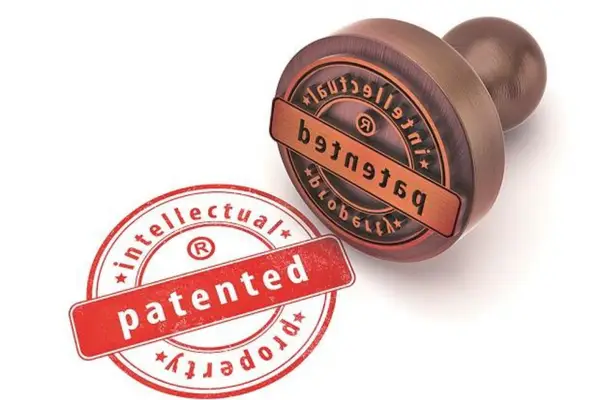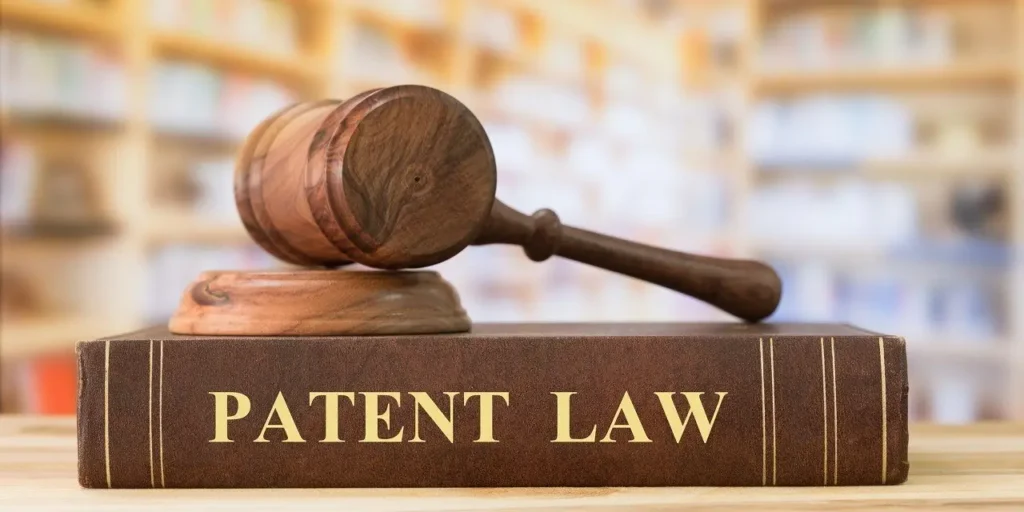The Indian Patent Office has recently announced the implementation of the Patents (Amendment) Rules 2024, aimed at enhancing efficiency and streamlining procedures in the patent system.
About Patent (Amendment) Rules, 2024:
- These rules introduce several provisions aimed at simplifying the process of obtaining and managing patents, thereby facilitating a conducive environment for inventors and creators.
- It is expected to accelerate economic development of the nation through science and technology to fulfil the Viksit Bharat Sankalp.
Key Changes:
Shortening Timelines:
- Timelines for filing requests for examination and opposition procedures have been reduced, promoting quicker resolution of patent matters.
- Time limit for providing foreign application filing details in Form 8 has been reduced from six months after filing the application to three months after receiving the first examination report.
Examination Requests Timeline:
- Time limit for filing request for examination has been reduced from 48 months to 31 months from the date of priority of application or from the date of filing of application, whichever is earlier.
Introduction of Grace Period:
- A new provision, Rule 29A, introduces a grace period, allowing applicants to avail of specified time extensions under Section 31.
Certificate of Inventorship:
- Unique provision for New ‘Certificate of Inventorship’ has been introduced to acknowledge the contribution of inventors in the patented invention.
- Rule 70A enables patent controllers to issue certificates of inventorship upon request, promoting transparency and acknowledgment of inventors’ contributions.
Renewal Fee Discounts:
- Patentees have the option to make advance renewal fee payments, which come with a 10% reduction in fees.
- This initiative aims to incentivize proactive compliance with renewal obligations.
- The reduced renewal fee is applicable for payments made electronically and in advance for a minimum period of four years.
Working Statement Submission:
- Frequency to file the statements of working of patents in Form 27 has been reduced from once in a financial year to once in every three financial years.
- Further, the provision to condone delay in filing of such statement for a period up to three months upon a request in prescribed manner has been incorporated.
Pre-Grant Opposition Procedures:
- The process for filing and resolving Pre-grant representations through opposition under section 25(1) has been refined and clarified, including clear methods for handling representations and setting fees for their submission.
- This aims to deter fraudulent oppositions while promoting genuine oppositions.
Benefit of new rules:
- The rules will complement existing efforts to promote patents, aligning with initiatives like the National Intellectual Property Rights (IPR) Policy 2016, which encompasses:
- The National Intellectual Property Awareness Mission (NIPAM).
- The Patent Facilitation Programme.
- Expand Knowledge Capacity & Skill Building through initiatives like the Scheme for Pedagogy & Research in Intellectual Property Rights (IPRs) for Holistic Education and Academia (SPRIHA).
- Additionally, they will support the establishment of the Centre of Excellence in Intellectual Property and the Patent Analysis Management System (PAMS) by the Ministry of Electronics and Information Technology (MeitY).
About Patent:
- A patent is an exclusive right granted to an inventor that gives them control over who can use their invention.
- It protects an invention by preventing others from making, using, selling, or offering for sale the invention without prior permission.
- Time period: 20 years from the date of filing of application.
- India has ratified the Patent Cooperation Treaty (PCT).
Criteria to get a patent:
- Novel: The invention must be new.
- Inventive step: The invention must involve a technical advancement.
- Industrial application: The invention must be capable of industrial use.
- Non-obvious: The invention must be non-obvious.
- Technical information: The invention must disclose technical information to the public in a patent application.
Ref:Source
| UPSC IAS Preparation Resources | |
| Current Affairs Analysis | Topperspedia |
| GS Shots | Simply Explained |
| Daily Flash Cards | Daily Quiz |



